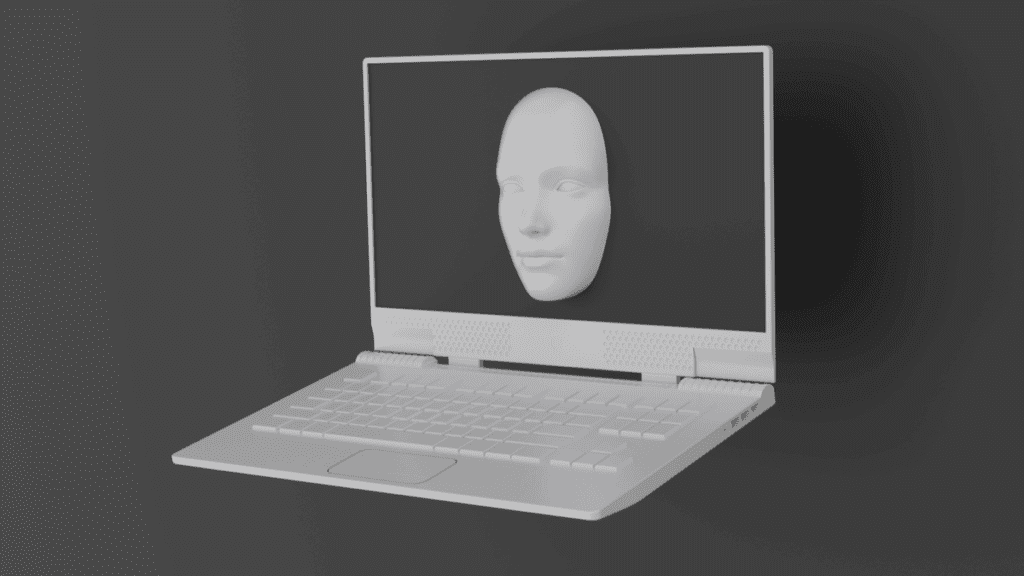
In a field like cybersecurity, where a company’s operational integrity depends on their ability to detect, protect, respond, and govern data from root to stem, it is no surprise that machine learning and artificial Intelligence in cyber security would rise to great prominence.
It was always inevitable that Machine Learning (ML) and/or Artificial Intelligence (AI) in cyber security would be used given that; one, the cyber-battlefield is fierce, fast, and ruthless, and two, the sheer volume of attacks that companies must fend off daily.
ML/AI in cybersecurity can predict and fend of attacks, free up employees for more complex tasks while offering integral assistance in vulnerability management, and scan endlessly larger incoming data more quickly and accurately than any human.
Since the beginning of the pandemic, we have seen a sharp rise in cybercrimes overall. While the most well-known of it began and ended during the first year of the pandemic, there has been a steady threat lurking in the cybersphere since.
This can be owed to many factors, including the increased digital adoption through remote work and contactless solutions, and the overall surge in digital transformation. This of course accentuated the already severe shortage of cybersecurity professionals.
AI can process enormous quantities of data and filter out all the outlying issues to be examined by professionals of the field. A cyber security team, given the shortage of talent in the cybersecurity field, would be hard pressed to assess a fraction of that amount.
With the emergence of smart cities, automated factories, farms, and mines, as well as the digital first approach to businesses and consumers, no amount of manpower can sustain a long-term security strategy, less so as time moves forward.
The scale of data creation today, 2.5 quintillion bytes per day according to Statista, helps the teaching process tremendously. AI’s ability to use machine learning can give it an edge against hackers who might modify and re-release a previously unsuccessful cyberattack, especially since AI can learn over time and adapt its findings to a new situation.
When something out of the ordinary happens or an unfamiliar threat targets a company, cyber-AI has a better chance of detecting it as a threat, and responding accordingly, more quickly. The AI has learned what threats look like and can identify similarities that a human might miss.
So, AI does what AI does, and takes care of the bulk donkey work while the professionals are given more time to tend to their responsibilities that require some innovative and intuitive thinking to solve.
Artificial Intelligence in cyber security is also the best suited for the coming spike in biometric data, which is a method of identity authentication that is fast replacing passwords.
Weak passwords are responsible for around 80 percent of all cyberattacks taking place according to ID Agent, Cybersecurity and Digital Risk Protection Solutions Company, and so coming into the new era of authentication, AI will surely play a larger role in the coming decades.
The thing about ML/AI, as the abbreviation suggests, is that it learns over time, and not just from its own database, but any database it is connected to no matter how large. As a self-learning system that takes from the massive pools of data and teaches itself, but there is a major dark side to this reality.
Challenges of AI in cyber security
As with all arms races, however, defensive, and offensive capabilities tend to evolve in parallel. As companies fortify their data and sharpen their skills in detection, protection, and response, cybercriminals continue to develop tricks of their own, and bring their own big machine-learning guns into the fight.
AI can be used by hackers to conduct far more sophisticated attacks more quickly and can apply machine learning techniques to create more effective attack models. It can study its target much like the defenders.
It is entirely possible for a hacker to corrupt or position the AI’s data bases tricking the AI into passing up a threat as safe or vice versa.
Biometric authentication can be stolen and copied; a crime known as “spoofing” in cybersecurity. One can’t just change a fingerprint it or eye color, let alone their face, as much as some celebrities would disagree.
At the most recent RSA Conference, Hugh Thompson, CTO of Symatec, outlined how a hacker used Deep Fake technology to impersonate a company CEO’s voice and steal millions of dollars from right under employees’ noses. In a remote working environment, a quick phone call with an authoritative tone might be all a hacker needs to cash in big.
While this example is on the tip of the iceburg as other hackers use automated attacks, AI powered phishing campaigns, and far-reaching ransomware attacks.
Perhaps the future of artificial intelligence in cyber security looks like two massive artificial brains battling it out until someone loses their bank account. A world of Good AI and Bad AI seems like a scary one, especially at the speed scale and stake of everything.
AI is truly the future of our species. It is a beautiful thing to imagine all the abundance that we can enjoy when humanity’s relationship with AI settles into a symbiotic relationship like that between a bee and a flower. Until then, hold onto your hats, because the robots are fighting it out.